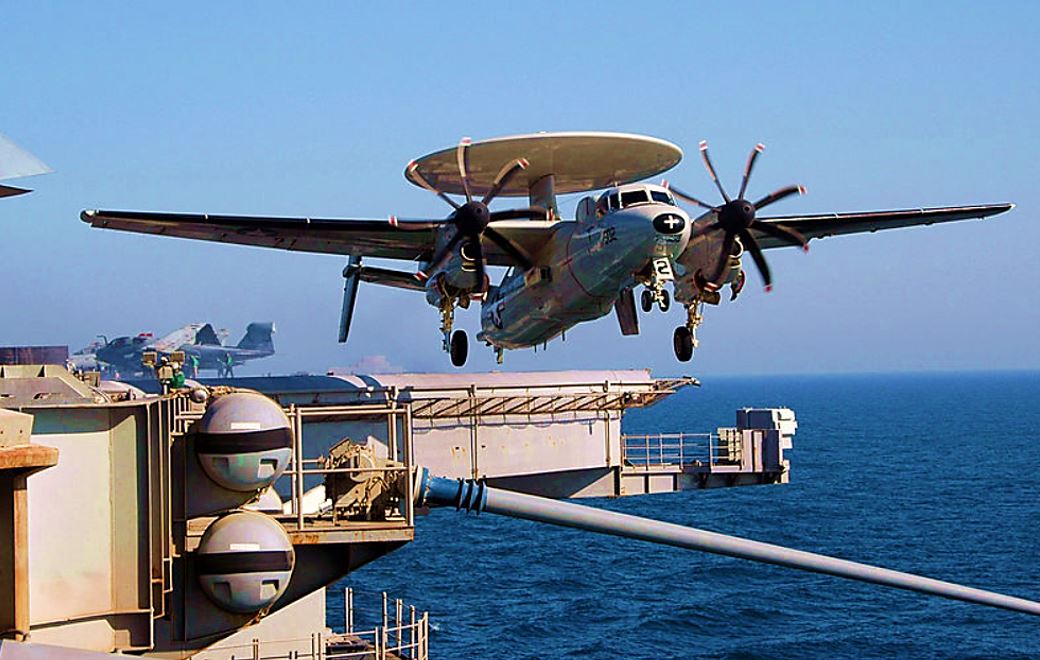 |
| Grumman E-2 Hawkeye |
Militarymedia.net - Since entering service in 1964, the E-2 has protected U.S. Navy aircraft carrier battle groups and acted as air controllers for their aircraft. One of the few types specifically designed for the role of air early warning (AEW), the aircraft was first flown in prototype form in October 1960. As a consequence of its ability to operate from aircraft carriers, the Hawkeye base is very compact.
A total of 59 E-2A productions were shipped from January 1964; 51 was updated to the E-2B standard, before production was switched to an upgraded E-2C. The E-2C first flew on September 23, 1972 and Grumman built 139 for the U.S. Navy when the line closed in 1994. However, low-level production began again in 2000. It is known as the Hawkeye 2000.
External changes to the E-2 are small but the system has been progressively updated. The E-2C was originally equipped with aps-125 search radar, but was replaced by the AN/APS-139 on Group I aircraft from 1988 and an AN/APS-145 in the latest Group II E-2C. The latest radar allows low-sized, combat-sized aircraft to be detected at distances of up to 253 miles (407 km) with the E-2C flying at operational altitudes. Passive detection systems warn hostile transmitters at distances of up to twice the radar detection range.
For more than 30 years in service, the E-2C is still a thriving design, and Northrop Grumman is developing a more capable variant. New assembled aircraft, such as the E-2C Group II Plus or Hawkeye 2000 entered U.S. Navy service in late 2001. In 2014, the E-2D Advanced Hawkeye was ordered by the U.S. Navy. The E-2 currently equips 14 U.S. Navy squadrons and will remain operational until at least 2030. The E-2C has been exported to Egypt (6), France (2), Israel (four, currently in storage), Japan (13), Singapore (4) and Taiwan (4). Many customers upgrade their E-2 to a standard Mix Group II or Hawkeye 2000.









